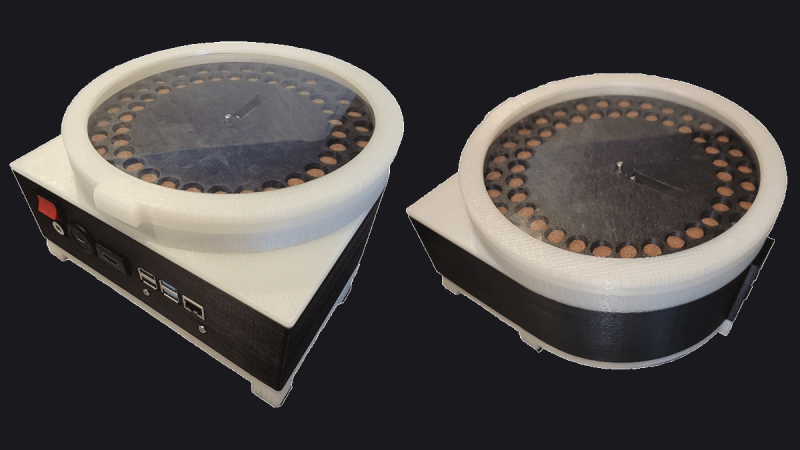Larval zebrafish, Drosophila (fruit fly), and Caenorhabditis elegans (roundworm) have become key model organisms in modern neuroscience due to their low maintenance costs and easy sharing of genetic strains across labs. However, the purchase of a commercial solution for experiments using these organisms can be quite costly. Enter FlyPi: a low-cost and modular open-source alternative to commercially available options for optogenetic experimentation.
One of the things that larval zebrafish, fruit flies, and roundworms have in common is that scientists can monitor them individually or in groups in a behavioural arena while controlling the activity of select neurons using optogenetic (light-based) …read more
 Continue reading Optogenetics for 100 Euros→
Continue reading Optogenetics for 100 Euros→
